Science Traveler is my author website where the focus is on, well, science traveling, including my books. Hot White Snow is my creative writing site. There the focus is on fiction, memoir, and more experimental work, as well as responses to writing prompts. I’ve recently started two new categories of posts in which I share relevant stories that may one day lead to memoirs.
 There’s a Fly in My Eye: I grew up in a relatively small New England town. My Dad grew up in the even smaller adjoining town (and my Mom in another small nearby town). Over the years I’ve collected many stories of small town life: some are my Dad’s, some are my own, others come from friends and relatives, and still others are more creatively interpretations of memories. This series collects those stories. In my most recent post I explain the story behind the title: “There’s a Fly in My Eye.” Previous posts include “The Rowley Diner,” “The Trauma of First Grade,” “My Life as a Remote Control,” and others. Scrolling down this list will get you to all of them.
There’s a Fly in My Eye: I grew up in a relatively small New England town. My Dad grew up in the even smaller adjoining town (and my Mom in another small nearby town). Over the years I’ve collected many stories of small town life: some are my Dad’s, some are my own, others come from friends and relatives, and still others are more creatively interpretations of memories. This series collects those stories. In my most recent post I explain the story behind the title: “There’s a Fly in My Eye.” Previous posts include “The Rowley Diner,” “The Trauma of First Grade,” “My Life as a Remote Control,” and others. Scrolling down this list will get you to all of them.
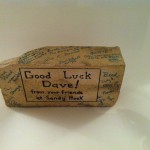 My Life in 50 Objects: Another new series looks at my life as reflected in objects. The title was inspired by a Smithsonian series and a related book on the Civil War by renowned Lincoln historian Harold Holzer. Objects may be physical, or sometimes not, but always serve as a reminder of some story, memory, or emotion. The first in the series is “My Life in a Brick,” which takes me back to my first job as a marine biologist and how a devastating fire changed the direction of my career. There is much more to the story than just one brick, of course, and I plan to expand on these tidbits for a larger memoir at some point…after the next several books already in my pipeline.
My Life in 50 Objects: Another new series looks at my life as reflected in objects. The title was inspired by a Smithsonian series and a related book on the Civil War by renowned Lincoln historian Harold Holzer. Objects may be physical, or sometimes not, but always serve as a reminder of some story, memory, or emotion. The first in the series is “My Life in a Brick,” which takes me back to my first job as a marine biologist and how a devastating fire changed the direction of my career. There is much more to the story than just one brick, of course, and I plan to expand on these tidbits for a larger memoir at some point…after the next several books already in my pipeline.
More stories will be added regularly to each series, so check back at least weekly. Plus, there are plenty of other stories on Hot White Snow, including other memoir, light erotica, science fiction, and even poetry. Feel free to look around, or click on the categories listed in the left margin for specific sections.
David J. Kent has been a scientist for thirty-five years, is an avid science traveler, and an independent Abraham Lincoln historian. He is the author of Tesla: The Wizard of Electricity (now in its 5th printing) and two e-books: Nikola Tesla: Renewable Energy Ahead of Its Time and Abraham Lincoln and Nikola Tesla: Connected by Fate. His book on Thomas Edison is due in Barnes and Noble stores in spring 2016.
Follow me by subscribing by email on the home page. And feel free to “Like” my Facebook author’s page and connect on LinkedIn. Share with your friends using the buttons below.



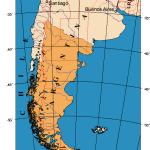 Patagonia is one of the most diverse geographies on Earth. It encompasses the lower end of South America, mostly in Argentina but also spanning Chile. As such it touches on two coastlines – the Atlantic on the Argentinian east and the Pacific on the Chilean west. The area goes from the high Andes, to the low scrubland plains, the large lake filled northwest, glaciers in the southwest, and coastlines of the southeast. Animals range from the ostrich-like choiques (CHOY-kas) and camel-like guanacos (WAN-a-coes) to snakes and penguins. Yes, penguins.
Patagonia is one of the most diverse geographies on Earth. It encompasses the lower end of South America, mostly in Argentina but also spanning Chile. As such it touches on two coastlines – the Atlantic on the Argentinian east and the Pacific on the Chilean west. The area goes from the high Andes, to the low scrubland plains, the large lake filled northwest, glaciers in the southwest, and coastlines of the southeast. Animals range from the ostrich-like choiques (CHOY-kas) and camel-like guanacos (WAN-a-coes) to snakes and penguins. Yes, penguins.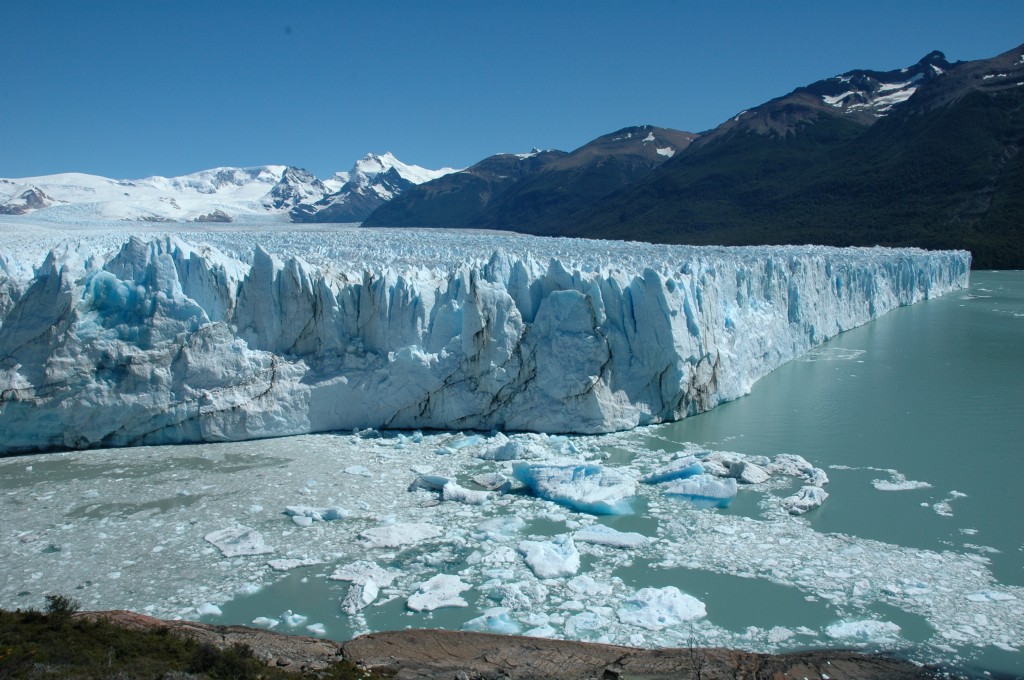
 Many years ago I lived in Bermuda for a college semester. There were 15 of us learning how to be marine biologists while living at the Bermuda Biological Station for Research. For two months we studied, we dived, we snorkeled, we spent hours bent over equipment in the laboratory searching for microscopic parasites. Fun was had by all.
Many years ago I lived in Bermuda for a college semester. There were 15 of us learning how to be marine biologists while living at the Bermuda Biological Station for Research. For two months we studied, we dived, we snorkeled, we spent hours bent over equipment in the laboratory searching for microscopic parasites. Fun was had by all. This poem (yes, a poem) was a big departure for me. Not only do I not write a lot of poetry (the reason for which may or may not become obvious), I tackled the difficult and serious topic provoking the “Black Lives Matter” movement. This was a response to a writing prompt. [
This poem (yes, a poem) was a big departure for me. Not only do I not write a lot of poetry (the reason for which may or may not become obvious), I tackled the difficult and serious topic provoking the “Black Lives Matter” movement. This was a response to a writing prompt. [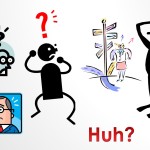 I can’t read half of my Facebook posts. As I scroll through my feed I come across such a diversity of languages it appears Facebook is randomizing its database of world users.
I can’t read half of my Facebook posts. As I scroll through my feed I come across such a diversity of languages it appears Facebook is randomizing its database of world users. I’m writing this to take a break from throwing out my life. For more than three decades I worked as a scientist, mostly for various consulting firms in New Jersey and Washington, D.C. About two years ago I resigned from my last employer to become a writer. Part of me held out the option of going back into consulting if the writing gig wasn’t going to work. That part has moved on; it’s the writing life for me.
I’m writing this to take a break from throwing out my life. For more than three decades I worked as a scientist, mostly for various consulting firms in New Jersey and Washington, D.C. About two years ago I resigned from my last employer to become a writer. Part of me held out the option of going back into consulting if the writing gig wasn’t going to work. That part has moved on; it’s the writing life for me.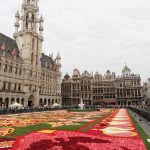 Thud.
Thud. The signal is given and you sit down across the table from your chosen target, the first of several you will try to impress with your talents, poise, and intellect. You have three minutes to amaze. Actually, it is more like a minute and a half to make your spiel and you either connect, or you do not. By one minute you are desperately looking for signs of interest – a
The signal is given and you sit down across the table from your chosen target, the first of several you will try to impress with your talents, poise, and intellect. You have three minutes to amaze. Actually, it is more like a minute and a half to make your spiel and you either connect, or you do not. By one minute you are desperately looking for signs of interest – a 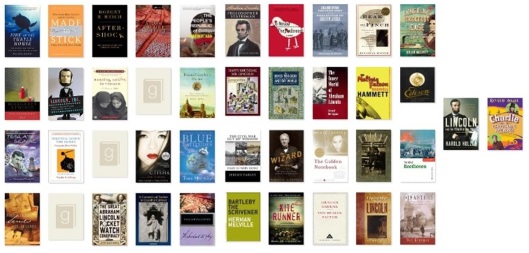
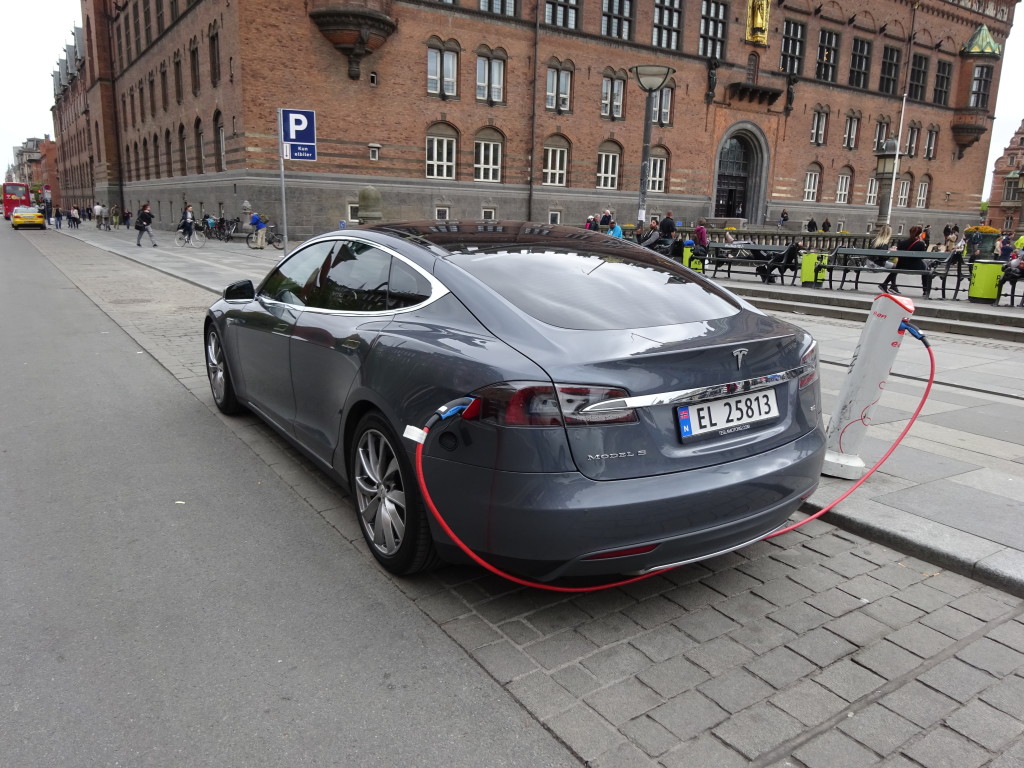

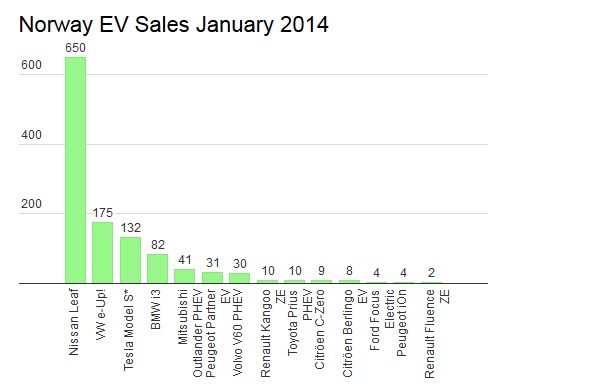
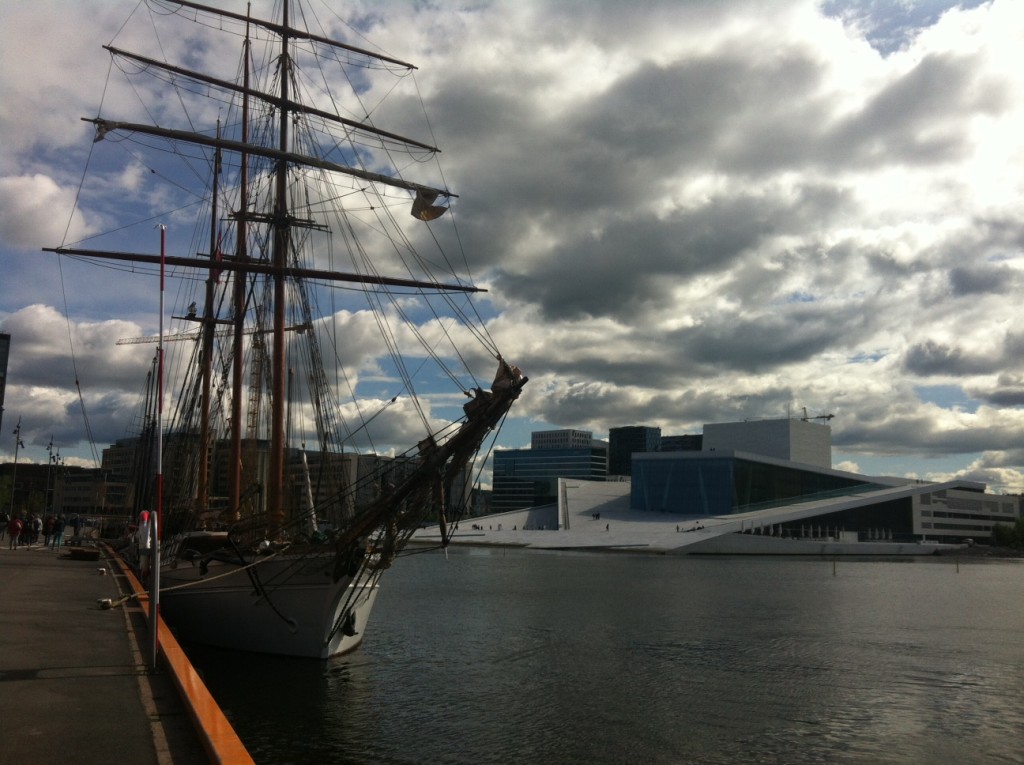
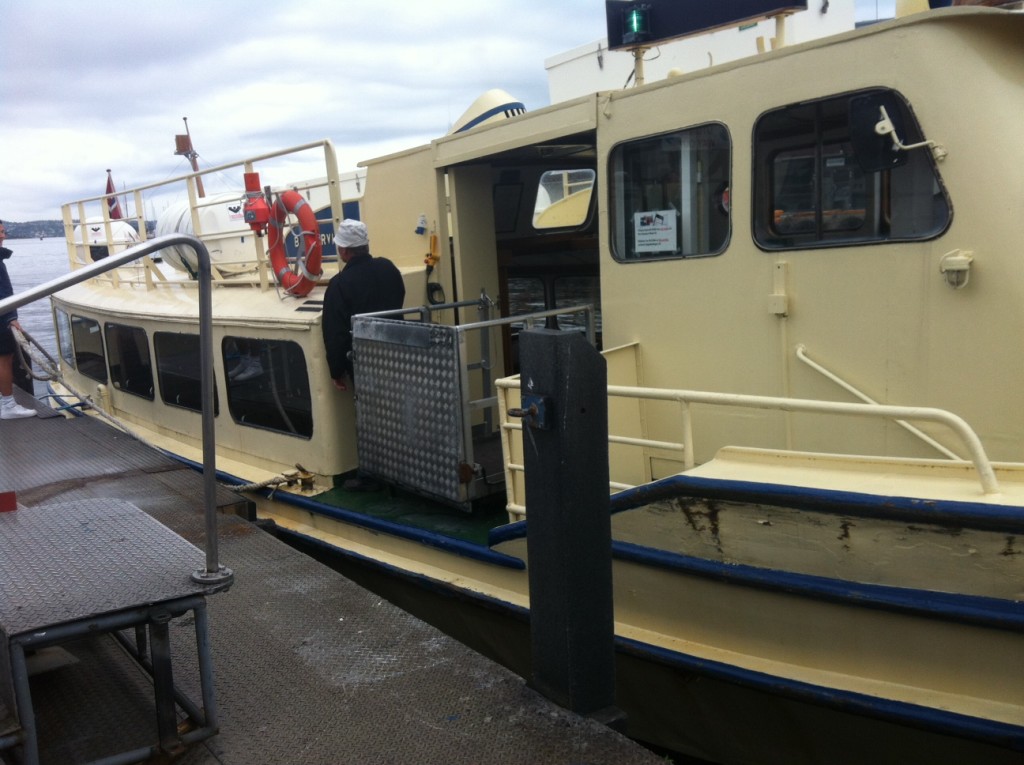
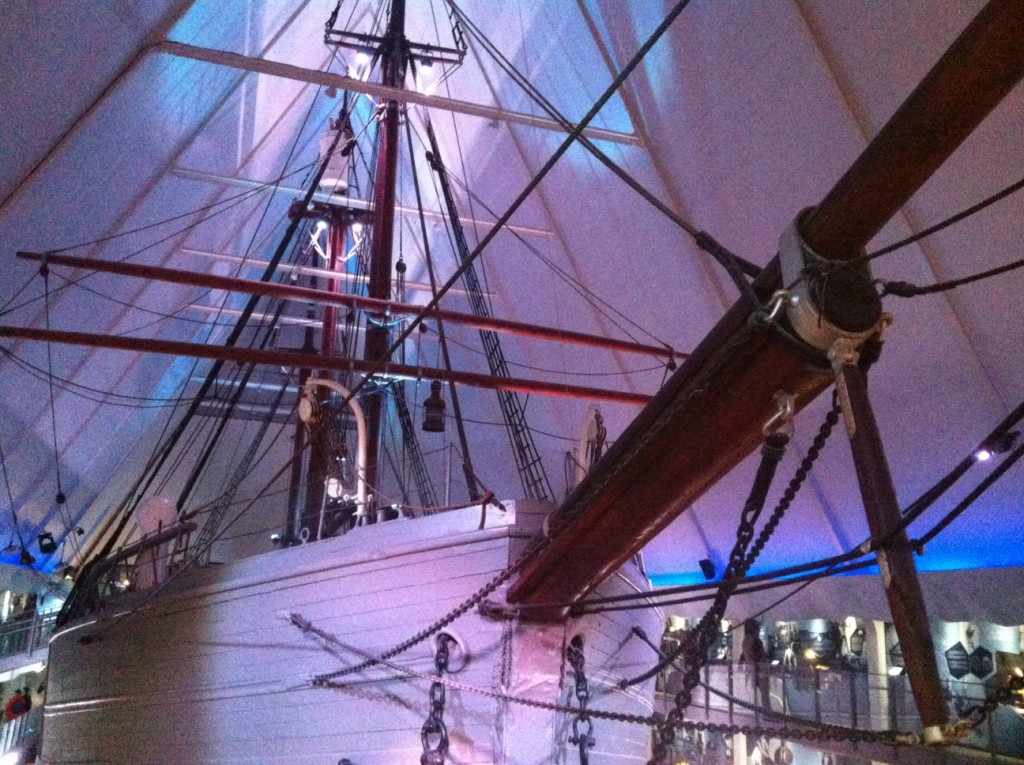
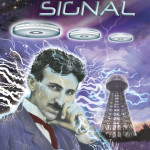 As a writer it’s always interesting to read other people’s writing, especially when they are people I know. Of course, interesting could mean either good or bad depending on the quality of the writing, but it seems I’ve been lucky because the books I’ve read by friends and acquaintances have been wonderful. That includes works by
As a writer it’s always interesting to read other people’s writing, especially when they are people I know. Of course, interesting could mean either good or bad depending on the quality of the writing, but it seems I’ve been lucky because the books I’ve read by friends and acquaintances have been wonderful. That includes works by 






